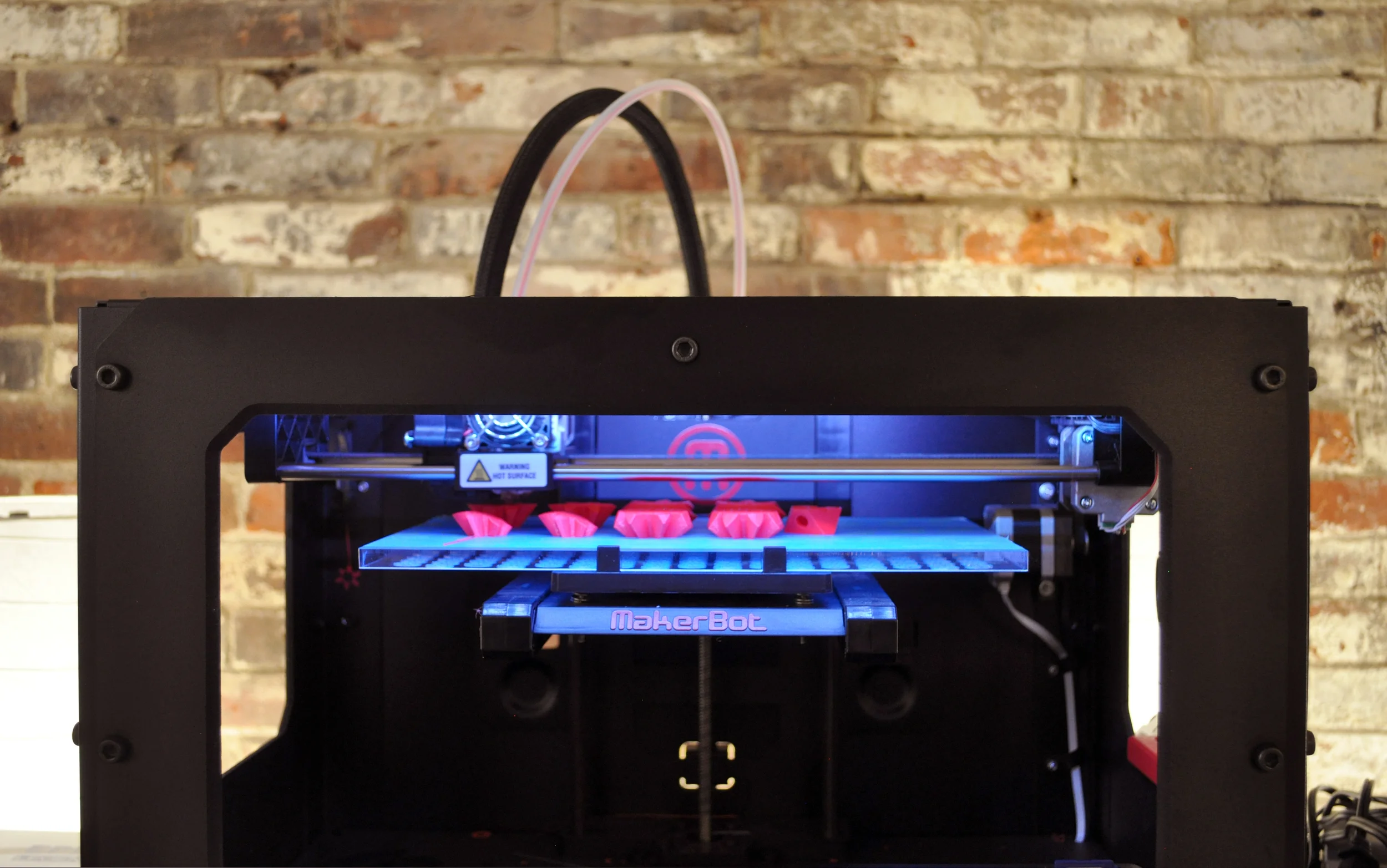On May 22, DtM CEO Timothy Prestero spoke on the main stage at the inaugural O’Reilly Solid Conference, created to explore the oncoming convergence of hardware and software. Tim used Firefly phototherapy to illustrate why devices designed for high-income countries don't work and what to do about it. Thanks to DtM intern David Solomon and DtM volunteer Galia Traub, Tim demonstrated communication between a mock-up global health device and an app using mobile networks. DtM’s proof of concept is the beginning of a data service that could dramatically improve global health impact in developing countries.
This novel data service would allow us to track the operational status of medical equipment in developing countries: which devices aren't being used (suggesting a need for more training), and which devices need maintenance. We could use this service to preferentially track those devices that have the greatest potential social impact and represent the greatest environmental impact if they are discarded. This would allow the most efficient application of a country's limited resources for medical device servicing and repair.
DtM intern David Solomon used arduino, a GPRS shield, and an SIM card to create hardware capable of sending data from a medical device’s internal computer to a data management app through mobile phone networks.
DtM volunteer Galia Traub used Herokuapp and to create an app that can receive information from a device, and then format it into meaningful actionable data. Dummy data appears here for the purpose of illustration.
About the O’Reilly Solid Conference
Physical things—machines, devices, components—are about to experience a profound transformation. The Internet fundamentally changed how software is developed and deployed, and now hardware is on the brink of a similar disruption. Industry is realizing that smart, networked machines can bring them the efficiencies and new capabilities to do more, faster and cheaper. Devices from thermostats to jet engines that were once strictly mechanical are now seamless blends of hardware and software—packages of microcontrollers, sensors, and, above all, networked software that can ingest lots of data, understand context, and make intelligent decisions. Hardware and software are fusing into a single fluid entity. This collision of software and hardware is fueling the creation of a software-enhanced, networked physical world.
Anything from an Uber car to a railroad locomotive can be sold as a service, provided that it’s adequately instrumented and dispatched by intelligent software. Good data from the physical world brings about efficient markets, makes cheating difficult, and improves quality of service. And it will revolutionize business models in every industry as service contracts replace straightforward equipment sales. Instead of owning an air conditioner and buying electricity from a utility to run it, a homeowner might let the utility own the air conditioner and just buy a contract to keep her house at 72°, giving the utility an incentive to invest in more efficient equipment, while creating economies of scale.
Our guiding principle is to give our audience a visceral feel for this world of combined hardware and software. We're going for something that feels less like a conference, and more like a miniature World's Fair Exposition with talks.
Tim’s talk at Solid is part of DtM's series sharing lessons learned from the design and launch of Firefly phototherapy. This series is made possible with support from The Lemelson Foundation in celebration of 20 years of improving lives through invention.






